- Introduction to Regular Exercises and Full-Body Workouts
- Squats: The Foundation of Lower Body Strength
- Push-ups: The Ultimate Upper Body Exercise
- Lunges: Balancing Strength with Stability
- Planks: Core Stability and Strength
- Deadlifts: The Backbone of Strength Training
- Pull-ups: Elevating Upper Body Strength
- Russian Twists: Twisting Your Way to a Stronger Core
- Burpees: A Full-Body Powerhouse
- Mountain Climbers: Cardio and Core Synergy
- Bicycle Crunches: Sculpting the Core
- Conclusion: The Pillars of a Robust Workout Routine
- Frequently Asked Questions
Introduction to Regular Exercises and Full-Body Workouts
Regular exercise is a pivotal component of a healthy lifestyle, offering extensive benefits for overall health and fitness. Engaging in physical activity is not just about enhancing one’s physique; it’s about fortifying the body against diseases, boosting mental health, and improving quality of life. Exercise is known to improve muscle strength, boost endurance, and contribute to efficient cardiovascular functioning, which in turn elevates energy levels for daily activities. The focus of this blog post is to delve into 10 essential exercises that constitute a comprehensive full-body workout, ensuring all major muscle groups are activated and trained for a balanced fitness regimen. Regular Exercise
Squats: The Foundation of Lower Body Strength
Squats are a fundamental exercise that targets the lower body and core muscles, promoting strength, balance, and flexibility. To perform squats correctly, one should stand with feet slightly wider than hip-width apart, toes turned out slightly. Keeping the chest lifted and the spine neutral, the hips should be lowered back and down as if sitting in an imaginary chair, ensuring the knees do not extend past the toes. The weight should be in the heels, and the squat should be deep enough that the thighs are parallel to the floor, before pushing back up to the starting position.
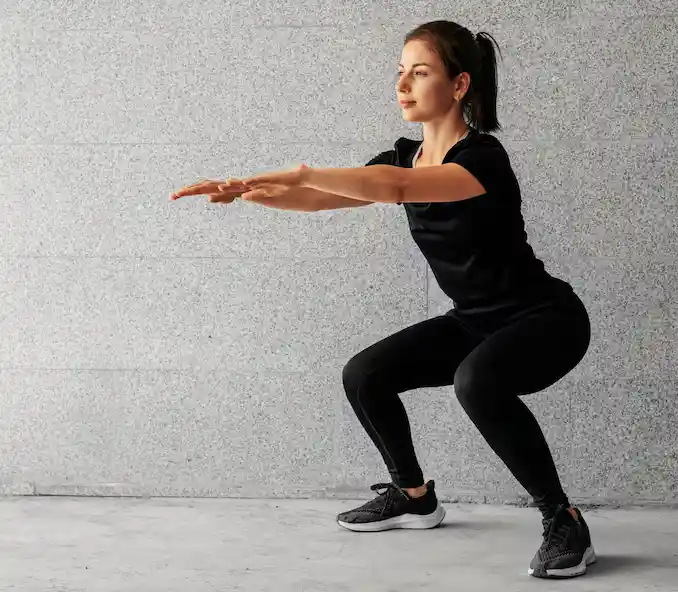
The benefits of squats are manifold. They primarily strengthen the gluteus maximus, minimus, and medius, quadriceps, hamstrings, adductors, hip flexors, and calves. Moreover, squats engage the core muscles, including the rectus abdominis, obliques, transverse abdominis, and erector spinae, which are crucial for maintaining balance and posture. Squats not only help in building muscle and burning calories but also play a significant role in injury prevention and enhancing athletic performance. Regular Exercise
By incorporating squats into a full-body workout routine, individuals can expect to see improvements in lower body strength, core stability, and overall functional fitness, making it a quintessential exercise for anyone looking to elevate their fitness journey. Regular Exercise
Push-ups: The Ultimate Upper Body Exercise
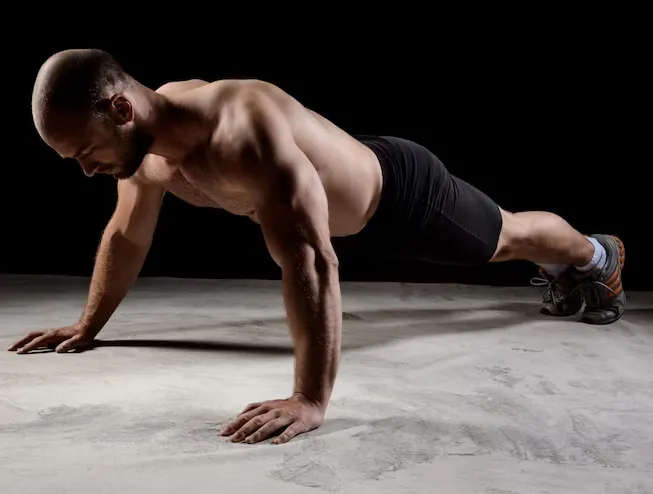
Push-ups are a classic workout routine that has endured over time and for valid reasons. They are a compound movement that engages multiple muscle groups across the upper body, core, and even the lower body to some extent. To perform a push-up with proper form, begin in a plank position with your hands placed slightly wider than shoulder-width apart. Your body should create a continuous straight line from your heels to your head. Lower your body by bending your elbows until your chest nearly touches the floor, then push back up to the starting position. It’s crucial to keep your core engaged and your back flat throughout the movement to avoid strain and maximize effectiveness. Regular Exercise
The benefits of push-ups extend far beyond just building muscle. They improve muscular endurance, enhance cardiovascular health, and promote better posture. Regularly performing push-ups can lead to increased upper body strength, particularly in the chest, shoulders, and triceps. This strength is functional and translates into everyday activities, making push-ups an invaluable addition to any fitness routine. Regular Exercise
Lunges: Balancing Strength with Stability

Lunges are another fundamental exercise that targets the lower body, emphasizing the quadriceps, hamstrings, and glutes. To execute lunges effectively, start by standing with your feet hip-width apart. Step forward with one foot and lower your hips until both knees are bent at a 90-degree angle. Ensure your front knee aligns directly over your ankle while keeping your back knee slightly elevated above the ground. Keep your upper body straight and push back up to the starting position. Alternate legs and repeat. Regular Exercise
Lunges are not only about building leg strength; they are also about improving balance and stability. The unilateral nature of lunges means that they challenge your body to maintain stability on one leg, which engages the core and stabilizer muscles. This makes lunges an excellent exercise for athletes and anyone looking to improve their functional fitness.
Planks: Core Stability and Strength
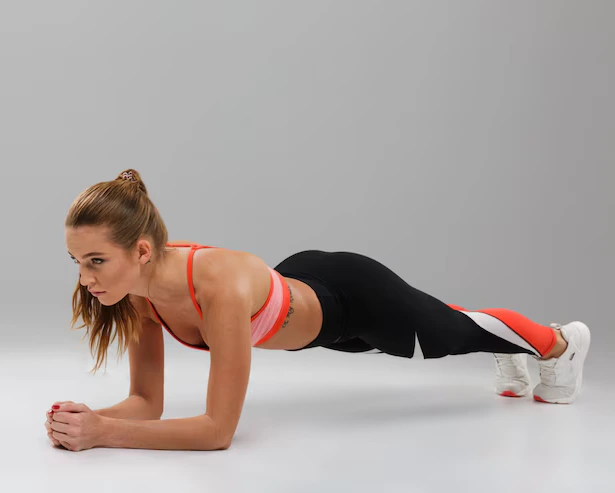
Planks are a versatile and effective isometric exercise that strengthens the entire core, which includes the muscles that wrap around your trunk and pelvis. To perform a basic plank, lie face down on the floor, then prop yourself up on your elbows with your feet and forearms on the ground. Your body should create a straight alignment from your shoulders to your ankles. Engage your core, squeeze your glutes, and hold this position for as long as you can maintain proper form without letting your hips sag or raise. Regular Exercise
The variations of planks, such as side planks, forearm planks, and full planks, add diversity to your workout and can target different muscle groups. Planks improve core stability, which is essential for overall strength and injury prevention. A strong core enhances balance, supports proper posture, and can contribute to a more efficient transfer of energy during physical activities, making planks a powerful exercise for athletes and fitness enthusiasts alike. Regular Exercise
Deadlifts: The Backbone of Strength Training
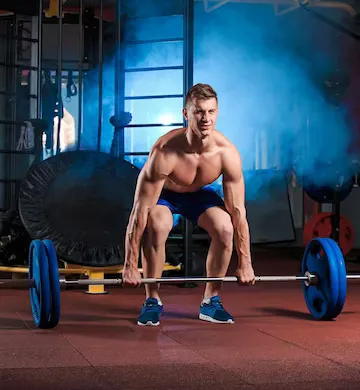
Deadlifts are a powerhouse movement, essential for building strength in the back and lower body muscles. To perform a deadlift with proper form, stand with your feet hip-width apart, mid-foot under the barbell. Bend at the hips to grip the bar with a shoulder-width grip, keeping your back straight. Bend your knees until your shins touch the bar. Lift your chest, take a deep breath, and stand up with the weight, driving through your heels and keeping the bar close to your body. Safety is paramount; keep your back straight, never round it, and avoid jerking movements. Regular Exercise
The benefits of deadlifts are extensive. They target the entire posterior chain, which includes the hamstrings, glutes, lower back, and traps. Deadlifts also engage the core, forearms, and lats, promoting functional strength that aids in daily activities and other exercises. They can improve posture, enhance grip strength, and even boost calorie burn due to their high muscular demand. Regular Exercise
Pull-ups: Elevating Upper Body Strength
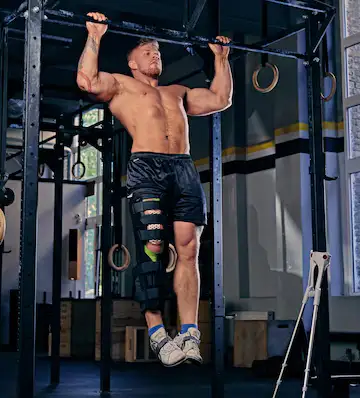
Pull-ups are a testament to upper body strength, requiring a solid grip and determination. To perform them correctly, grasp the pull-up bar with a shoulder-width grip, palms facing away from you. Hang with straight arms, pull yourself up until your chin passes the bar, then lower back to the starting position with control. Keep your core engaged and avoid swinging to maintain proper form. Regular Exercise
The benefits of pull-ups extend beyond mere muscle building; they enhance upper body and core strength significantly. Pull-ups work various muscles, including the lats, biceps, shoulders, and the intrinsic muscles of the hands and forearms. They also engage the core throughout the movement, which can lead to improved posture and a more defined upper body silhouette.
Russian Twists: Twisting Your Way to a Stronger Core
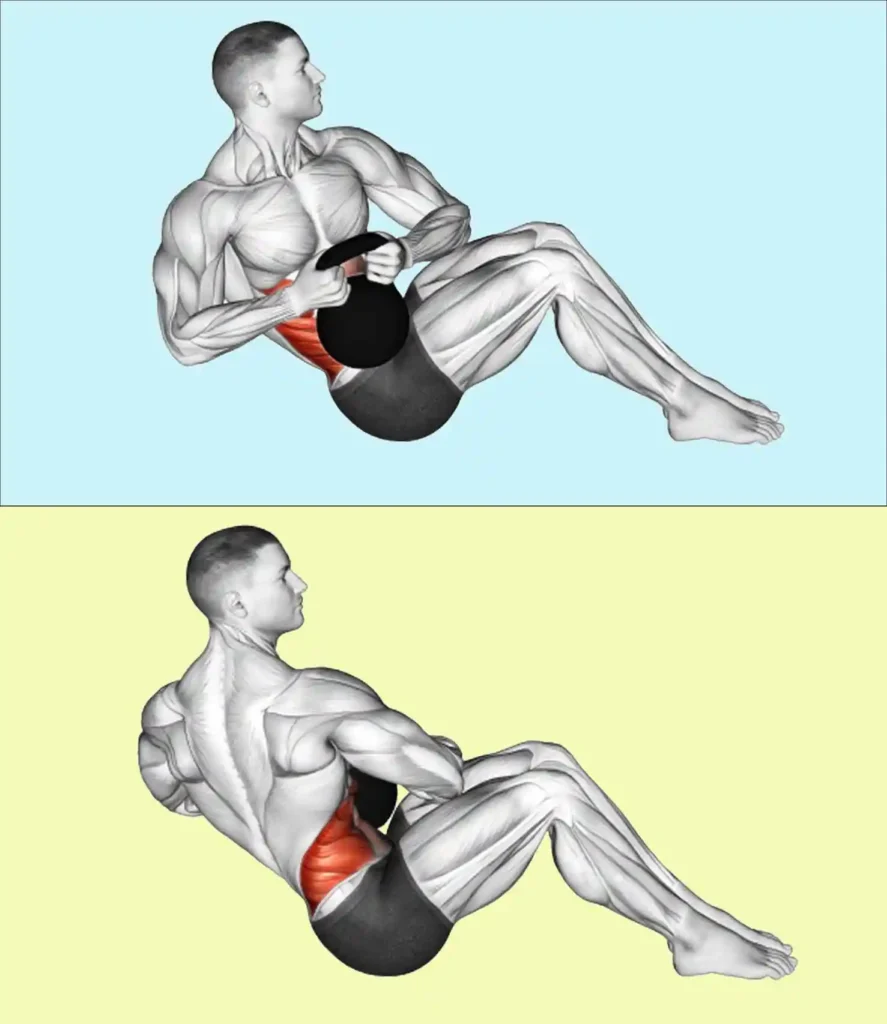
Russian twists are a dynamic exercise targeting the oblique muscles. Assume a seated position on the ground with your knees flexed, gently recline backward, and elevate your feet off the floor. Hold a weight with both hands, rotate your torso, and touch the ground on each side. Keep your movements controlled and your spine straight for effective engagement. Regular Exercise
The benefits of Russian twists are centered around core strength and stability. This exercise activates the obliques, transverse abdominis, and even the hip flexors, contributing to a well-rounded core workout. It enhances rotational control, which is crucial for athletic performance and daily movements. Additionally, Russian twists can improve balance and posture, making them a valuable addition to any fitness regimen. Regular Exercise
Incorporating these exercises into your routine will not only build strength and muscle but also contribute to a more stable and powerful core, which is essential for both athletic performance and everyday activities. Remember to prioritize form and safety to maximize the benefits and minimize the risk of injury. Regular Exercise
Burpees: A Full-Body Powerhouse
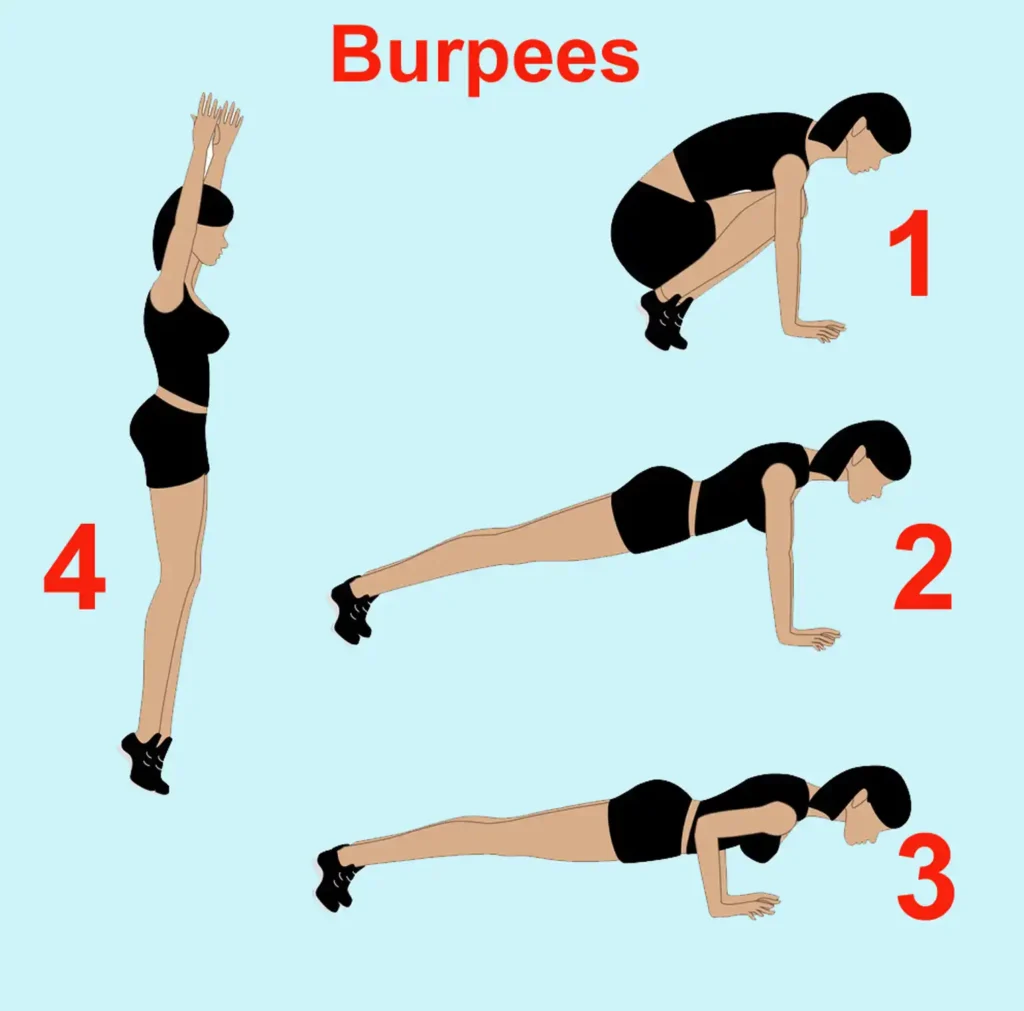
Burpees are a high-intensity, full-body exercise that provides a comprehensive workout. To perform a burpee, start in a standing position, then drop into a squat with your hands on the ground. Kick your feet back into a plank position, perform a push-up, then return to the squat position and leap into the air with arms overhead. This sequence engages multiple muscle groups and joints, delivering a potent mix of strength training and aerobic exercise.
The benefits of burpees are manifold. They boost cardiovascular fitness, enhance endurance, and build strength across the entire body. By combining dynamic movements, burpees also improve coordination and agility. As a plyometric exercise, they contribute to explosive power, which is beneficial for athletes and fitness enthusiasts alike.
Mountain Climbers: Cardio and Core Synergy
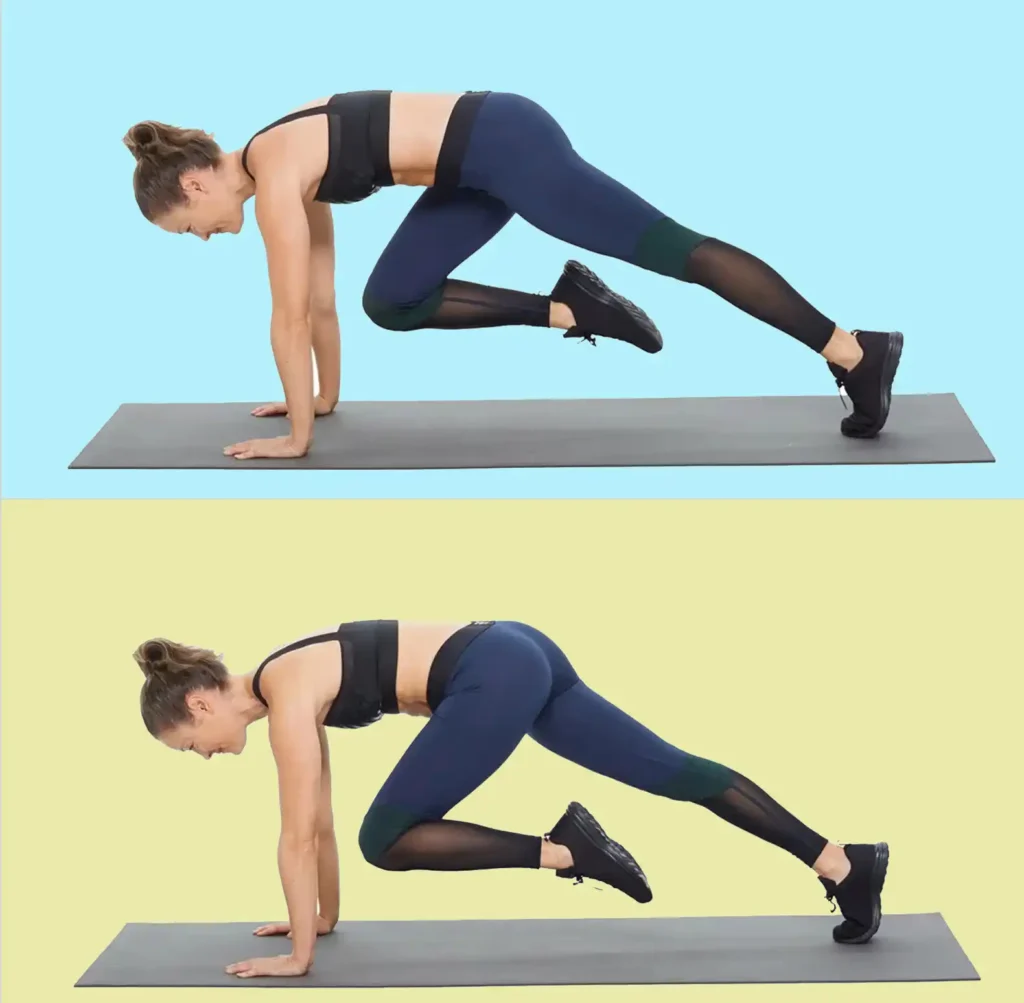
Mountain climbers are a dynamic workout that integrates cardiovascular activity with core strengthening. Begin in a plank position with your arms straight and hands placed directly under your shoulders. Drive one knee towards your chest, then quickly switch to the other leg, mimicking a running motion. This exercise targets the core, shoulders, and hips while elevating the heart rate for an effective cardio workout. Regular Exercise
The benefits of mountain climbers extend to improving endurance and core strength. They engage the rectus abdominis, obliques, and the muscles supporting the spine, which enhances overall stability and posture. The continuous leg movement also aids in developing lower body agility and coordination, making it a versatile exercise for various fitness levels.
Bicycle Crunches: Sculpting the Core
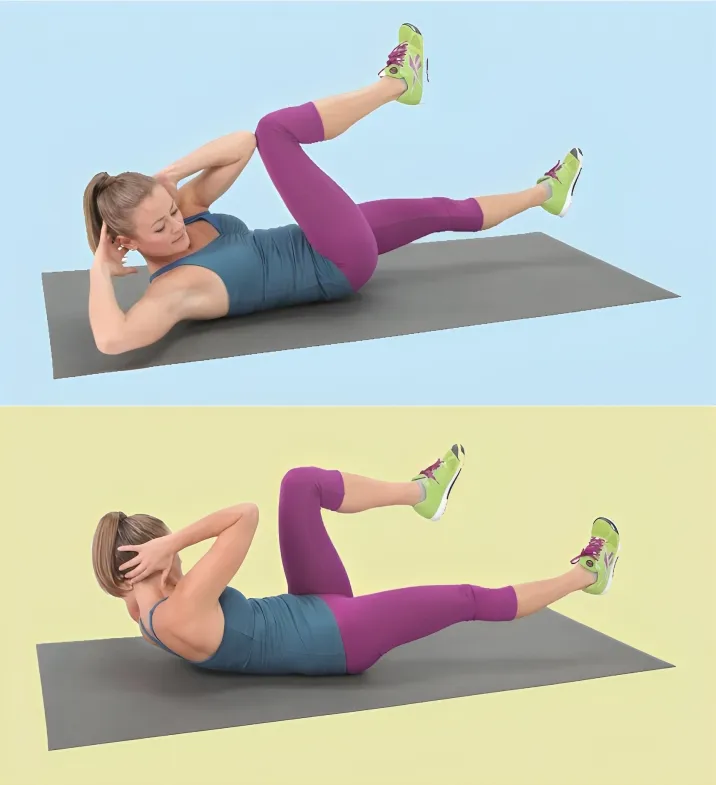
Bicycle crunches are a targeted exercise for the abdominal muscles. Lie on your back with hands behind your head and legs raised to form a 90-degree angle. Bring your right elbow towards your left knee while extending the right leg, then switch sides in a pedaling motion. This exercise activates the upper and lower abs, obliques, and hip flexors, providing a comprehensive core workout. Regular Exercise
The benefits of bicycle crunches include improved core strength and muscle definition. They are particularly effective in sculpting the waistline and enhancing the natural curvature of the abdominal region. Regular practice can lead to a more defined midsection and contribute to better core stability, which is crucial for overall movement efficiency.
Conclusion: The Pillars of a Robust Workout Routine
Incorporating exercises like burpees, mountain climbers, and bicycle crunches into a workout routine can significantly enhance overall health and fitness. These exercises offer a blend of cardiovascular, strength, and endurance training, making them pillars of a robust and effective exercise regimen. By engaging in a variety of movements, individuals can achieve a balanced physique, prevent injuries, and improve functional fitness. It’s essential to create a routine that challenges the body in different ways, ensuring comprehensive development and maintaining long-term health and vitality. Start with these foundational exercises and build a routine that caters to your unique fitness goals and needs. Regular Exercise
Frequently Asked Questions
01. What is the best exercise for a full body workout?
The best full-body workouts typically include compound exercises that engage multiple muscle groups. Examples include squats, deadlifts, bench presses, and overhead presses.
02. Is 10 exercises too much full body?
It depends on your fitness level and goals. For most people, a full-body workout can be effective with fewer exercises that target all major muscle groups through compound movements.
03. Is 5 exercises enough for full body?
Yes, 5 well-chosen compound exercises can provide a full-body workout, ensuring all major muscle groups are worked.
04. How many exercises should a full body workout have?
There isn’t a one-size-fits-all answer, but generally, 4-8 exercises that cover all major muscle groups are sufficient for a full-body workout.
05. Is 7 exercises per workout too much?
Not necessarily. If the 7 exercises are chosen to target different muscle groups and are performed with proper form and rest, it can be effective.
06. Is it OK to do full body workouts everyday?
Doing full-body workouts every day is not recommended as it doesn’t allow adequate time for muscle recovery. Rest days are crucial for muscle growth and preventing overtraining.
07. What are the disadvantages of a full body workout?
Potential disadvantages include the risk of overtraining, less focus on individual muscle groups, and the possibility of longer recovery times needed between workouts.
08. Is full body better than split?
Full-body workouts can be more time-efficient and may improve functional strength better than split routines. However, split routines can allow for more focused training on specific muscle groups and may be better for muscle size and definition.
09. Can I do push ups daily?
Doing push-ups daily can improve muscle tone, strength, and cardiovascular health. However, there are risks such as potential overuse injuries and the importance of using the correct technique to avoid issues like lower back or shoulder pain.
*Image credits- freepik*
Important Notice:
The information provided on “health life ai” is intended for informational purposes only. While we have made efforts to ensure the accuracy and authenticity of the information presented, we cannot guarantee its absolute correctness or completeness. Before applying any of the strategies or tips, please consult a professional medical adviser.















